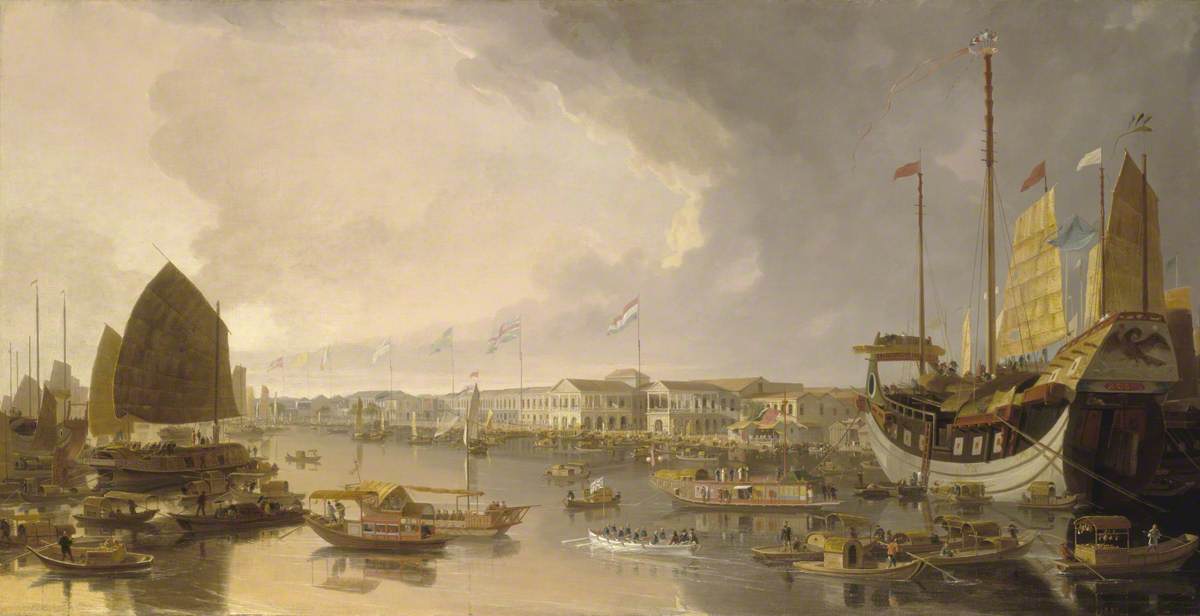Globalisation in Nineteenth-Century China

The image of a ‘hermetically sealed’ (Marx) premodern China cut off from the rest of the world has long been abandoned by scholars. However, it is still undeniable that in the nineteenth century, China’s relations with other parts of the world intensified in multi-faceted and unprecedented ways. This paper examines diverse facets of this globalization across the nineteenth century and the different kinds of agents who participated in it—diplomats and other government officials, merchants, missionaries, and intellectuals—through a correspondingly broad range of types of primary sources. A source-based approach to this history allows us to examine the specific events and quotidian interactions through which the macro-level process of globalization developed. Along the way, we will address major events in the history of China (and the world) during the nineteenth century, including the First Opium War, the Taiping War, and the Boxer Uprising.
One of the major themes of the class will be the relationship between ‘imperialism’ and ‘globalization.’ Many of the events and interactions we will be studying contributed to and/or built upon an unequal distribution of power on the global stage. Students will have the opportunity to explore diverse facets of this history of imperialism but also to question whether the different forms of globalization we will be studying were all equally imperialistic. Moreover, we will consider how the participation of Chinese actors—motivated by diverse interests and aspirations—in these developments should shape our understanding of them. In addition to learning about Chinese history specifically, then, this paper will offer students a venue to consider the nature and consequences of globalization more broadly, which remains a source of some ambivalence today.
'A View of the European Factories at Canton' by William Daniell. Photo credit: National Maritime Museum, Greenwich, London.
